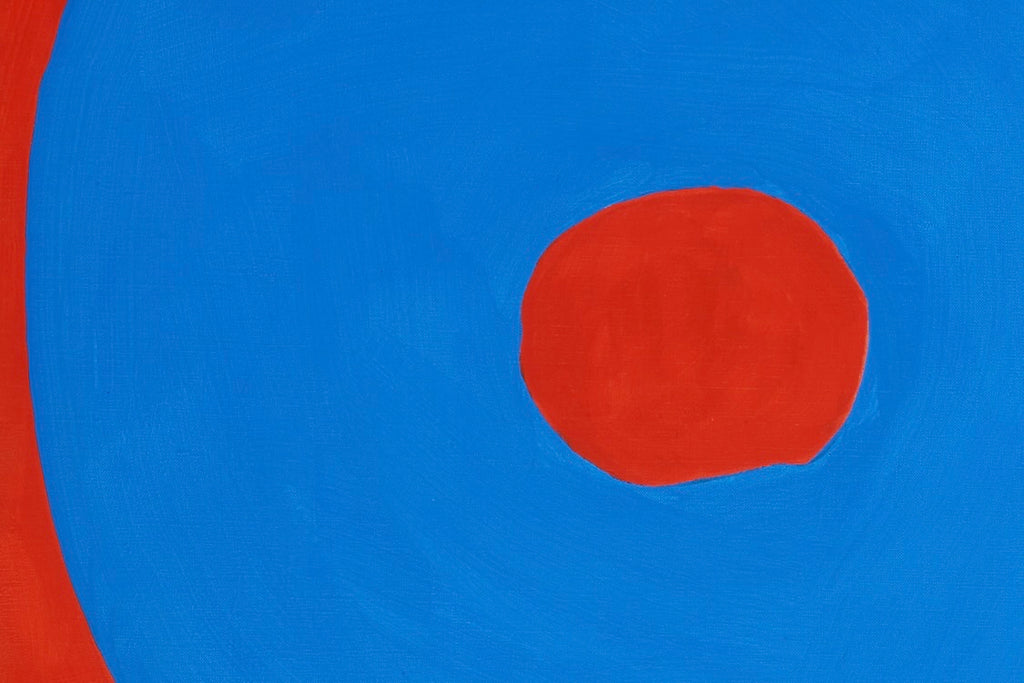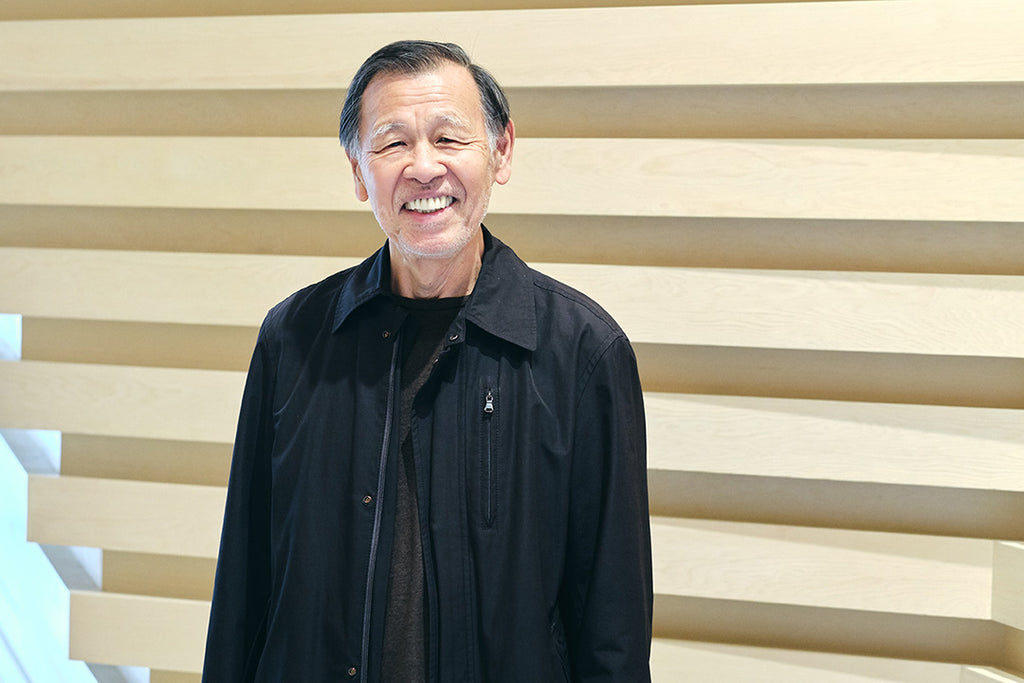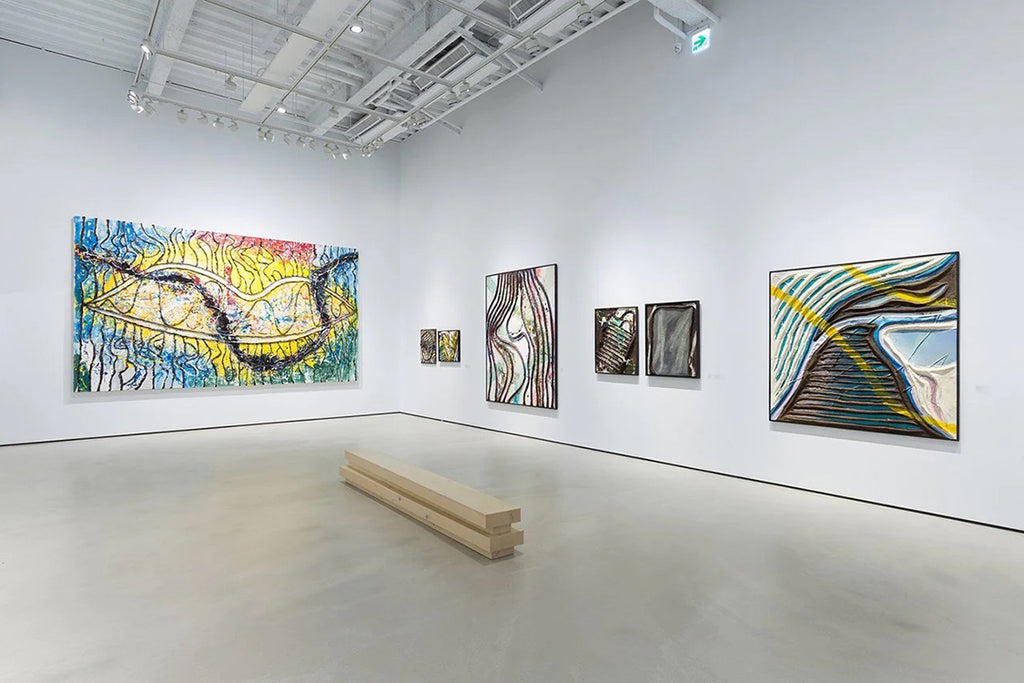ARTICLES
Foujita A Celebrated -Wakon Yosai - Japanese culture/Western technology Painter
A New Appreciation Contemporary Japanese and Asian Art
2/23

Whitestone Gallery Hong Kong / H Queen’s
In our ongoing series, we present the digital archive of the book 'A New Appreciation Contemporary Japanese and Asian Art' This book delves into internationally acclaimed artists and the dynamics of the Asian art market.
Foujita A Celebrated Wakon Yosai (Japanese culture/Western technology) Painter
Nobuyuki Senzoku
Director, Hiroshima Prefectural Art Museum
The Meiji Period (1868 - 1912) was a turbulent time in Western art, with the advent of Impressionism, Neo-Impressionism, Post-Impressionism, and Symbolism opening new directions. At the end of the 19th century, the Les Nabis movement and Art Nouveau ushered in currents of early 20th century avant-garde art such as Fauvism, Cubism, and Expressionism.
Figurative Expression in the Midst of Paris Avant-Garde and Abstract Movements
Kuroda Seiki and many other Japanese painters caught up in the Meiji passion for Westernization were eager to study oil painting in Europe and to establish a new field of ‘Western painting’ distinct from Japanese traditional nihonga painting. At the same time, it is well known that Japanese art seen overseas following the opening of Japanese diplomatic relations from the end of the Edo Period (1603 - 1868) created a stir among European artists, including the Impressionists.
Foujita went to Paris in 1913, one year after the end of the Meiji period, and stayed at the Odessa Hotel in Montparnasse. Twenty-seven year old Foujita seemed to have been more interested in immersing himself in Paris life than in study. Confident of his own distinctive style, he was not seduced by Fauvism that appeared at the 1905 Salon d’automne or Cubism that started around 1907. Although there were some changes in Foujita’s painting style, he basically took a distance from the avant-garde and abstract painting currents that held sway at the time in favor of pursuing his own style of figurative painting.
Soaring Fame Following the 1919 Salon D’automne
Andre Warnod coined the term Ecole de Paris in 1920. Though difficult to define, it denoted an ambiguous group of expatriates in Paris including, famously, Modigliani from Italy, Soutine from Lithuania, Pascin from Bulgaria, Kisling from Poland, and Chagall from Russia. Foujita also became a central figure in this group. Although referred to as a ‘school’ or ‘movement,’ the ecole de Paris artists had little in common in terms of style except that they all were producing figurative paintings. Like Foujita, they were unconnected with the so-called avant-garde of the time, and they were not viewed as mainstream in art history. Despite the ecole de Paris appellation, with some exceptions for Foujita and Chagall, these artists rarely depicted scenes of Paris such as the Seine River, the Eiffel Tower, or Parisian cafes. Also, with the exception of Foujita, the Ecole de Paris artists were all Jews. None had French nationality. The Ecole de Paris artists could also be described as ‘foreign artists’ or ‘multinational artists.’ Foujita was the lone Asian of the group. His flashy fashion, thick-rimmed round glasses and bobbed hair made him, along with Kisling, who had the same hairstyle, a most popular figure of Montparnasse in the ‘roaring twenties. ’All six of Foujita’s paintings submitted to the 1919 Salon d’automne were selected for exhibition and he was also elected a judge of the Salon, the only Asian.
Foujita’s Reclining Nude with Toile de Jouy (Musée d’art moderne de la Ville de Paris), exhibited in the 1922 Salon d’automne was very well received and, according to Foujita, was pictured and introduced in all the newspapers the following day. He had a congratulatory message from the Minister in the afternoon and in the evening the painting was bought by a major gallery for 8000 francs.
Eight thousand francs was quite a sum for a ‘new’ artist. His Youki d.esse de la neige (Yuki, Goddess of Snow) (Foujita’s wife Fernande Barrey as model; Petit Palais Museum, Geneva) done two years later was also well received, securing his place as a highly regarded artist. His nudes, portraits, and still lifes, distinguished by Foujita’s milky white grounds and delicate lines in Japanese sumi ink applied with fine point brushes, established Foujita’s ‘brand.’
A Sensation of Japanese Culture/Western Technology
Japanese pre-Meiji old masters such as Hokusai, Hiroshige, Utamaro, Korin and Sotatsu continue to be admired on the world stage. Aside from contemporary Japanese artists such as Kusama Yayoi, Takashi Murakami, and the Gutai artists, the measure of the international evaluation for Japanese artists since the Meiji Period has been whether or not they were included in American and European art dictionaries and public market art encyclopedias. Foujita naturally appears in the most authoritative Oxford Dictionary of Art and Artists (first edition, 1998). More recently, the re-evaluated Jiro Yoshihara, leader of the Gutai group who at one time studied with Foujita, has been added. The public market Yale Dictionary of Art and Artists included Yoshihara Jiro and Yasuo Kuniyoshi (who was active in the United States), in addition to Foujita though there is no entry for Gutai art. Kuniyoshi is included in the Oxford Dictionary of 20th Century Art.
No matter how locally acclaimed Japanese artists may have been from the Meiji Period to the present, it is clear that not many gained recognition on the world stage. Foujita is the exception. In his time and now he occupies a special position and has a strong presence as a world-class artist.
The above-mentioned encyclopedias and dictionaries consistently introduce Foujita as a ‘Japanese-French Painter.’ In other words, a Japan born France bred wakon yosai (Japanese culture/Western technology) painter. If misinterpreted, this could be viewed simply as eclecticism. Foujita, however, is among Japanese artists dating from the Meiji Period to the present who were able to retain a strong international reputation (along with the more recent Gutai artists). The reason may be that he was not overpowered by fame and popularity during his lifetime, and that he painted nudes, a genre absent from the traditional Japanese canon, with a heightened Japanese sensibility in France.
Nobuyuki Senzoku

Born in Tokyo. Graduated Tokyo University, Faculty of Letters in 1964. Worked at TBS and then at the National Museum of Western Art. Studied as an exchange student at Munich University on a West German government scholarship in 1970. In 1972, returned to the National Museum of Western Art. Professor Emeritus at Seijo University. Director of the Hiroshima Prefectural Museum of Art. Major publications include, among others, Klimt sakuhinshu (Klimt paintings), Genso hanga goya kara rudon made no kikai korekushon (mysterious collection phantasmagoria prints from Goya to Redon), ferumru gensun bijutsukan (Vermeer paintings, in actual size).



